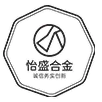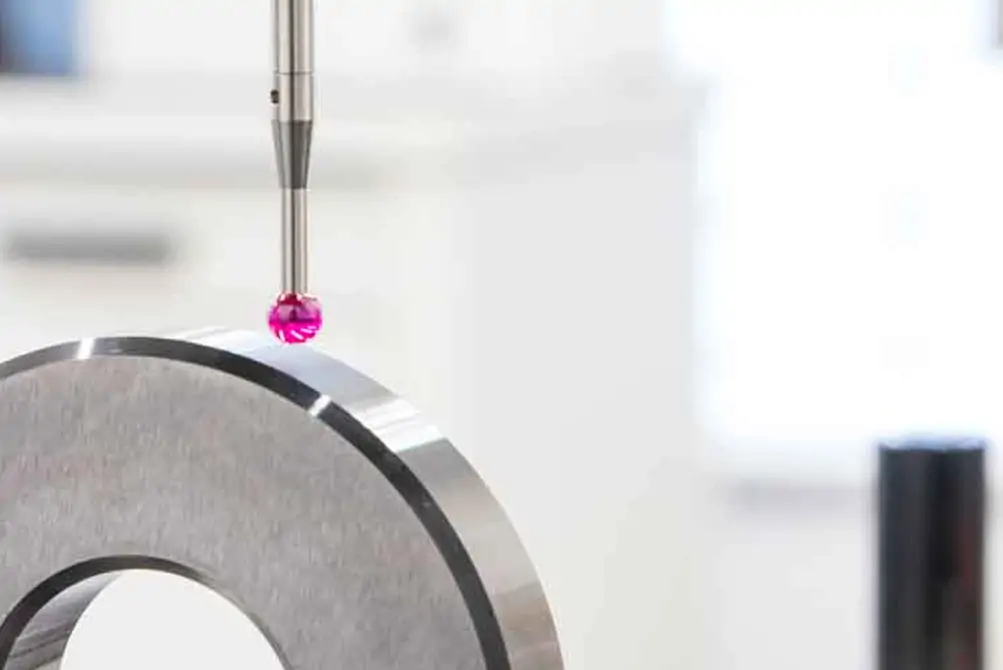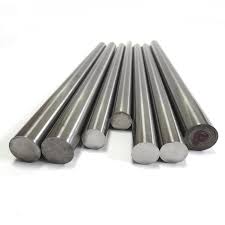Spot welding is a popular welding technique known for its efficiency and strength in joining sheet metal. It is widely used in various industries, including automotive, aerospace, and manufacturing. The right choice of wires with tips for spot welding plays a crucial role in achieving high-quality welds. In this article, we’ll explore the essentials of spot welding, focusing on welding tips and electrodes, resistance spot welding, and the best practices for using tipped welding wires. Understanding these elements will provide a solid foundation for those looking to enhance their welding processes, ensuring that they achieve optimal results in their projects.
Understanding the nuances of spot welding allows professionals to make informed decisions that can significantly impact the quality and durability of their welds. The technique’s widespread adoption across industries is a testament to its effectiveness, yet achieving the best results requires a deep understanding of the tools and materials involved. This article delves deeper into the components and techniques that contribute to successful spot welding, offering insights that can be applied across various applications to improve efficiency and product quality.
Understanding Spot Welding
Spot welding is a resistance welding method that uses heat generated by an electrical current to join two or more metal sheets. It involves applying pressure and passing an electric current through the metal sheets at the weld point. The resistance of the metal generates heat, which melts and fuses the sheets. This process is highly efficient for mass production due to its speed and simplicity, making it a preferred choice for many manufacturers.
In addition to its efficiency, spot welding offers advantages in terms of cost-effectiveness and automation. Since it doesn’t require additional filler materials, it reduces material costs and minimizes waste. Moreover, the simplicity of the process makes it easily adaptable to automated systems, ensuring consistent and repeatable results. These factors contribute to its widespread use in industries that demand high productivity and precision.
Benefits of Spot Welding
- Efficiency: Spot welding is fast and suitable for high-volume production. Its ability to quickly join metals without extensive preparation makes it ideal for assembly lines and large-scale manufacturing operations. The speed of the process also helps in reducing labor costs, as fewer man-hours are needed to complete large projects.
- Strength: Provides strong welds that withstand significant stress. The welds created through spot welding are often as strong as the base materials themselves, if not stronger. This strength is crucial in applications where the welded joints will be subjected to high loads or dynamic forces, such as in automotive and aerospace components.
- Cleanliness: No filler materials are needed, resulting in a clean weld area. The absence of additional materials not only keeps the work environment cleaner but also reduces the risk of introducing contaminants into the weld, which could compromise its integrity. This cleanliness is particularly important in industries where precision and aesthetics are critical.
- Automation: Easily automated for consistent results in industrial settings. Automation ensures that each weld is identical, minimizing the risk of human error and increasing overall production quality. Automated systems can also be programmed to perform complex welding sequences, further enhancing their utility in advanced manufacturing environments.
The Role of Welding Tips and Electrodes
Welding tips and electrodes are vital components in the spot welding process. They determine the weld quality, durability, and overall efficiency. The choice of electrode material and design can significantly influence the outcome of the welding process, making it essential to select the right components for specific applications.
Proper maintenance and selection of welding tips and electrodes not only extend the life of the equipment but also ensure that the welds produced are consistent and meet the required specifications. Understanding the different types of electrodes and their applications is key to optimizing the welding process and achieving superior results.
Types of Welding Electrodes
- Copper Electrodes: Known for excellent conductivity and heat resistance. Ideal for high-production environments. These electrodes are often used in applications where rapid heat dissipation and electrical conductivity are critical, such as in the automotive and appliance industries. Their durability also makes them a cost-effective choice for long-term use.
- Copper-Tungsten Electrodes: Offer a balance between conductivity and heat resistance. Suitable for thicker materials. These electrodes are particularly useful when welding materials that require higher heat levels, as they can withstand the increased thermal load without degrading. This makes them ideal for heavy-duty industrial applications.
- Molybdenum Electrodes: Used for welding non-ferrous metals due to their high-temperature stability. Molybdenum’s ability to maintain its properties at high temperatures makes it suitable for specialized applications, such as welding certain alloys and metals that are challenging to work with using standard electrodes.
Choosing the Right Welding Tip
Selecting the appropriate welding tip is crucial for achieving precise and consistent welds. Consider the following factors:
- Material: Match the electrode material to the metal being welded. Ensuring compatibility between the electrode and workpiece materials prevents issues such as excessive wear or contamination, leading to better-quality welds and longer tool life.
- Size: Ensure the tip size matches the thickness of the materials. The correct tip size ensures optimal heat distribution and pressure application, preventing issues such as burn-through or insufficient fusion.
- Shape: Different shapes (e.g., pointed, flat) are available for specific applications. The shape of the tip can affect how the current is concentrated and distributed across the weld area, influencing the final weld quality. Choosing the right shape can enhance the precision and strength of the welds.
Resistance Spot Welding Techniques
Resistance spot welding requires a combination of heat, pressure, and time. Here are some key techniques to consider:
Setting the Correct Parameters
- Current: Adjust the current based on the material thickness and type. The right current setting ensures adequate heat generation without damaging the materials. Incorrect current levels can lead to weld defects such as weak bonds or excessive spatter.
- Pressure: Apply the right amount of pressure to ensure a solid weld without deforming the metal. Proper pressure application is critical to ensuring that the materials are fused correctly. Insufficient pressure can result in weak welds, while too much pressure can deform the workpieces.
- Time: Control the duration of current flow to achieve optimal heat generation. The timing of the weld is essential to achieving the right balance between heat and pressure. Too short a weld time may result in incomplete fusion, while too long can cause overheating and material damage.
Spot Welding Wire Tips
- Clean Surfaces: Ensure the metal surfaces are clean and free of contaminants. Dirt, oil, and other contaminants can impede the welding process, leading to weak joints and increased wear on the electrodes.
- Proper Alignment: Align the materials precisely to prevent weak welds. Misalignment can cause uneven heat distribution and poor joint strength, affecting the overall structural integrity of the welded assembly.
- Cooling Time: Allow adequate cooling time between welds to prevent overheating. Overheating can lead to electrode wear and reduced weld quality, so it’s important to manage the cooling process effectively between welds.
Welding Consumables and Supplies
Welding consumables and supplies are essential for maintaining equipment and achieving high-quality welds. These materials not only support the welding process but also contribute to the safety and efficiency of welding operations.
Proper selection and management of welding consumables can significantly impact the cost-effectiveness and sustainability of welding projects. Investing in high-quality supplies ensures that operations run smoothly and that the resulting welds meet industry standards.
Essential Welding Supplies
- Welding Wire: Choose from precision welding wires designed for specific applications. High-quality welding wire is crucial for achieving consistent and reliable welds, particularly in automated systems where precision is paramount.
- Protective Gear: Use appropriate safety equipment, including gloves, goggles, and helmets. Safety is a top priority in welding, and protective gear is essential to protect operators from hazards such as sparks, heat, and harmful fumes.
- Maintenance Tools: Regularly clean and maintain welding equipment to ensure longevity. Proper maintenance extends the life of welding equipment and ensures that it operates at peak efficiency, reducing downtime and repair costs.
Industrial Welding Wire and Accessories
Industrial welding wire and accessories are designed to withstand the demands of high-volume production environments. They offer durability and precision, essential for achieving consistent welds. The right accessories can enhance the functionality and efficiency of welding systems, contributing to improved productivity and product quality.
Investing in robust industrial-grade materials and accessories ensures that welding operations are equipped to handle the rigors of continuous use, minimizing disruptions and maximizing output. This section explores the components that can make a significant difference in industrial welding applications.
Precision Welding Wires
Precision welding wires are manufactured to strict standards, ensuring consistent diameter and composition. They are ideal for automated welding systems where precision is critical. Consistency in wire quality translates to uniform welds, reducing the likelihood of defects and rework.
The use of precision welding wires also improves the overall efficiency of the welding process, as fewer adjustments are needed to compensate for variations in wire quality. This consistency is particularly important in high-volume production settings, where even minor discrepancies can lead to significant quality issues.
Spot Weld Accessories
Spot weld accessories, such as electrode holders and cooling systems, enhance the efficiency and effectiveness of the spot welding process. They ensure that the equipment operates smoothly and the welds are of high quality. Properly selected accessories can extend the life of welding equipment and improve the overall quality of the welds produced.
Cooling systems, in particular, play a crucial role in maintaining the stability and performance of welding equipment, preventing overheating and ensuring consistent operation. Electrode holders designed for specific applications can also enhance the precision and control of the welding process, leading to better weld outcomes.
Conclusion
Wires with tips for spot welding are integral to achieving strong, reliable welds in various industrial applications. By selecting the right welding tips and electrodes, understanding the techniques of resistance spot welding, and using quality welding consumables, you can enhance the efficiency and quality of your welds. Whether you are in the automotive, aerospace, or manufacturing industry, mastering these elements will help you achieve superior results in your welding projects.
Incorporating precision welding wires and spot weld accessories into your process can further optimize your operations, leading to improved productivity and product quality. Stay informed about the latest advancements in welding technology and supplies to keep your operations competitive and efficient. Continuous learning and adaptation are key to maintaining a competitive edge in the rapidly evolving industrial landscape.
By implementing these best practices and utilizing the right equipment, you can ensure that your spot welding projects are successful and meet industry standards. Happy welding! Embracing these strategies will not only improve the quality of your welds but also contribute to the sustainability and success of your business, ensuring long-term growth and innovation.









